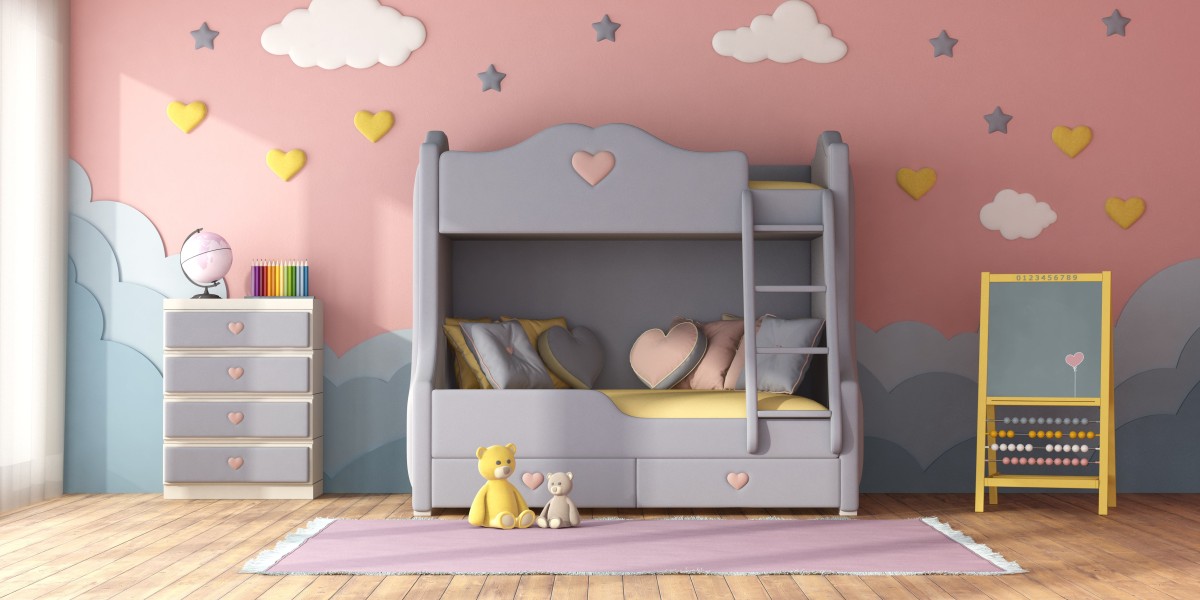In April, video game developer Stamina Zero attained what should have been a marketing slam-dunk: the launch trailer for the studio's game Little Droid was published on PlayStation's main YouTube channel. The reaction was a surprise for the designer. The video game looks intriguing, people composed in the comments, but was "destroyed" by AI art. But the game's cover art, utilized as the thumbnail for the YouTube video, was in reality made by a real person, according to designer Lana Ro. "We know the artist, we've seen her work, so such an unfavorable response was unexpected for us, and at first we didn't understand how to react or how to feel," Ro said. "We were puzzled."

It's not wrong for people to be fretted about AI use in video games - in truth, it's great to be sceptical, and make sure that the media you support lines up with your worths. Common arguments versus generative AI relate to environmental effect, art theft and simply basic quality, and computer game designers are facing how generative AI will impact their jobs. But the unforeseen issue is that the backlash versus generative AI is now harming even those who don't use it. "I would rather individuals be excessively cautious than not," veteran video game developer and Chessplus digital director Josh Caratelli said. "But being civilian casualties does suck."

Caratelli and his game Chessplus were caught up in a comparable situation when he posted some art to Reddit - sharing explicitly that it was commissioned and not made with AI. Even then, Caratelli stated he's gotten a number of comments and direct messages implicating him of lying about it, or suggesting he 'd been duped. "It's extremely plainly hand drawn," he stated. "It was a reasonable whack of cash to invest for an indie team on an art piece. We thought it deserved it."

It's ending up being significantly typical for people to call out instances where a video game appears to have actually used AI in a manner that changes human work. (Epic Games was singled out recently for its AI Darth Vader.) But often, that anger is misdirected at people and companies that are just believed to be using AI. This is what occurred when a Magic: The Gathering artist was accused of using AI, forcing Wizards of the Coast to put out a statement on the incorrect allegations. Even Nintendo was accused, in May, of using AI-generated images for in-game billboards in Mario Kart World. Nintendo put out a declaration to reject the claims.

Bigger business such as Wizards of the Coast and Nintendo might have the ability to weather incorrect accusations, but indie studios with less influence may have a harder time. Little Droid, released in April, stars a little robot navigating a lavish pixel-art world. Its cover, on the other hand, renders the droid in a completely various style - with the smooth, shiny finish that people have pertained to anticipate from AI art generation tools. People in the YouTube remarks indicated particular information to "prove" the art is AI-generated: the robotic itself is unbalanced, since AI has problems with symmetry; the glow or lighting look off; some cynics merely argued that genuine people do not draw like that. Stamina Zero, in the remarks, continued to hold its ground - that no AI was utilized in development of the video game or its art.
Then the studio published a video it stated shows it, showing a number of steps in the art's procedure. The video revealed early art principles, navigating various layers in Adobe Photoshop as a way to demonstrate how the art came together. "We called the artist and asked her for all the readily available intermediate sketches and the source PSD with all the layers," Ro stated. "Based upon all the available files, we put together a video as rapidly as possible and published it ... It was a troubleshooting move - a way to relax things down and make the discussion more productive. We had nothing to hide and were ready to be transparent."

Some people relented, accepting the video as evidence that AI was not used. Others were unsure. There's no real drawing in the video, which would be impossible to share unless the artist was recording their whole process. That is something some artists do already - but it develops additional work for them. And, as Stamina Zero discovered, there will constantly be people who still don't think.
"To be honest, I don't have a clear method for how we will continue in the future," Ro stated. "There was recommendations on Reddit not to make art similar to the outcomes of AI work, as this triggers people. And this suggestion could work. But AI discovers from the work of artists and, in the future, it is quite possible that it will have the ability to duplicate any style."

Caratelli shares the community's ethical concerns about AI plagiarism, ecological effect and human imagination. But he was dispirited by the accusations versus Chessplus. "It's actually hard for AI to make things with significance. It's a thousand little intricacies that make a game great ... [That] work isn't being valued," he said. Ro concurred: "It's entirely unfair that numerous people who have honed their craft for years are facing this and being wrongfully implicated."
Both of these games are examples of how generative AI has poisoned the creative well, even for developers who aren't utilizing it. We can never ever be completely sure, now, whether we're taking a look at something that a human made or not, as even evidence can theoretically be produced. For creatives and gamers, it will have to come down to a relationship of trust.





